Tips for Teaching Swim Lessons as a Lifeguard
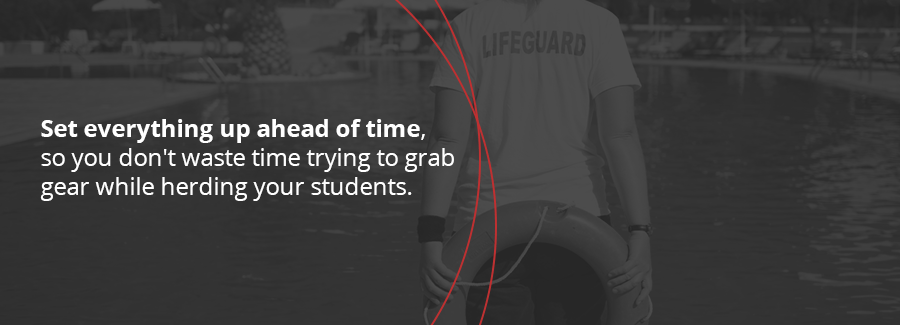
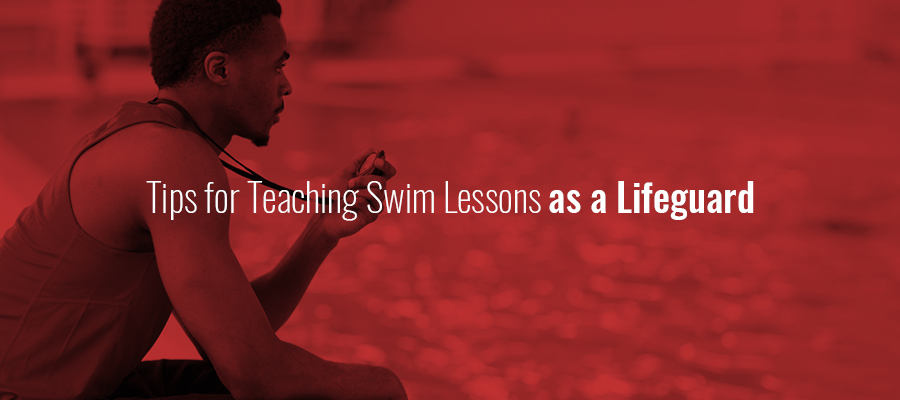
Lifeguards perform a wide variety of duties, ranging from water surveillance to pool maintenance. At many pools, trained lifeguards will also serve as swim instructors. Over the summer, 20% of kids ages 4 to 17 are likely to take swim lessons. Learning to swim is not only an excellent form of exercise, but it also equips children with a valuable life skill. People love to play in and near water, and knowing how to swim will help keep you safe during any water activities.
As a lifeguard, you are a seasoned swimmer. You might not even remember learning the skill. It seems like you've always known what to do in the water. However, everyone starts from the beginning. Now that you are an instructor, you will need to know how to teach swim lessons. Use these tips to make teaching swimming lessons to beginners a smooth, easy process.
Tips for Preparing to Teach Swim Lessons
If you have never taught before, the idea of leading swim lessons can be intimidating. But anyone who knows how to swim can teach kids to swim, too.
- Watch other instructors: You will pick up plenty of helpful tips for teaching swim lessons by watching other instructors at work. Ask your employer to partner you with a seasoned teacher for at least a few teaching sessions. You can watch how the other lifeguard handles groups of kids in the water. Observe how they structure their lessons. Ask questions after they are done working with the kids. After a few classes, you will start to get an idea of how to organize your lessons.
- Make a lesson plan: All good teachers know preparation is essential. Spend the time to build a lesson plan that fits your teaching style. When teaching swimming lessons, your lesson plan will begin with getting the kids used to the water. Start slowly by showing them the gear you will be using during the lessons, such as flotation devices and kickboards. Then, work on getting them in the water. Your lessons can build in time to focus on moving and breathing in the water.
- Practice ahead of time: You may not be able to practice your exact lesson plan ahead of time, but you can rehearse separate elements. If you are nervous about talking, walk through what you plan to say. You can mentally rehearse, or you can ask a friend or family member to listen to your lesson plan. The more prepared you are, the less nervous you will feel when you begin to teach.
Tips for Teaching Swim Lessons
Once you start teaching, you will get a sense of your students and your teaching style. Use these tips to help make each of your lessons run smoothly.
- Set up your tools: The pool where you work will likely have plenty of equipment available to assist you and your students. Set everything up ahead of time, so you don't waste time trying to grab gear while herding your students. Flotation devices such as float belts or arm floaties, pool noodles and kickboards are the fundamental equipment you will likely use to help beginners learn how to swim. Place everything by the edge of the water before your lesson begins.

- Keep it fun: Kids need to be actively engaged to learn a new skill. Don't bore your students with dry lectures or overly repetitive drills. Find ways to incorporate instructional games into your lessons. For example, you can add the retrieval of diving rings as kids slowly learn how to swim underwater. You can also build a few minutes of free swim into the end of your classes as a reward for well-behaved learners.
- Customize your lessons: How to teach someone to swim can depend on who is learning. If you have the bandwidth during your lessons, try to tailor your teaching style to your students. This tip is most useful for small groups of kids. If you see one of your kids struggling to get used to the water, spend a little more time helping them get comfortable. If other kids are progressing faster, assign some more independent activities, such as practicing their kick by holding onto the edge of the pool.
- Prepare for tears: If you are working with kids, especially younger ones, getting into the pool can be a very new experience. Do not be surprised if some of your younger students are afraid. Kids may cry the first few times they get in the water. Don't take it personally. Be patient. Try to show these kids how much fun you and their peers are having in the water. If their fears persist, talk to their parents about the next steps. Some parents may ask you to push through their child's fears, while others may want to take a slower approach.
- Work on breathing: Once you have a group of kids who are comfortable being in the water, you can start focusing on technique. Many people who are unaccustomed to being in the water, both adults and kids, will hesitate to put their face in the water. So, this is one of the first skills you will want to teach. Demonstrate how to place your face in the water and how to turn it to the side to breathe. Students can practice this on kickboards or along the edge of the pool.
- Introduce kicking: As your students become comfortable placing their face and head under the water, you can take the next step: working on moving through the water. Start with demonstrations on the side of the pool. Kids can hold onto the edge while they kick. Then, you can introduce kickboards. Students can hold on while you tow the kickboard through the water as they move their legs. As they progress, you can allow them to use the kickboards solo.
- Work on different strokes: After the basics of breathing and kicking, you can start to show kids how to incorporate various arm movements. Most teachers begin with freestyle. Demonstrate the movements yourself. Then, help your students mirror you. As they progress, you can introduce other strokes, like breaststroke and backstroke.
Get Your Lifeguard Gear
As a lifeguard, you will need the right gear to do your job. The Lifeguard Store has a wide selection of swimwear and personal gear to help you through a long season of watching the water and teaching youngsters how to swim. And never underestimate the power of a good whistle. You'll need it to get the attention of your class of beginners. Browse our shop for equipment that fits your pool's dress code and the tools that will help you as you teach.
Learn More Swimming Tips:
Share this post
Topics
- Swimming Tips
- 130513
- Fitness
- Prevention
- Technique
- Training
- Workout
- Contest
- POTW
- New
- Kirazies
- Swim Team
- Pool Equipment
- Digital Pace Clock
- Fins
- Swim Goggles
- Krazies
- Practice
- Breath control
- Pull
- Fuel
- Nutrition
- Tips
- Energy drinks
- Competition
- Events
- IMX
- Parent eductation
- Lunch
- Parent education
- Snacks
- Portable fuel
- Triathlon
- Breathing
- Goals
- Planning
- Preparedness
- Aerobic
- Anaerobic
- Hypoxic
- Cycle
- Age grouper
- Swim for life
- Age group
- Kids
- 11-12
- Meets
- Skills
- Swim Fins
- Spandex
- Polyester
- Speedo
- TYR
- Kiefer
- Dolfin
- Durafast
- Aqualast
- XLA
- PBT
- Endurance
- Recreation
- Swimming
- Suit
- Swimsuit
- Swim Caps
- Swim Safety
- Open Water Swimming
- Sim Safety
- Safer Swimmer
- Backstroke Flags
- Pool Flags
- Anti-fog Goggles
- Backstroke
- Swimming pool
- Turns
- Finishes
- Meters
- Yards
- Lycra Swimsuit
- Polyester Swimsuit
- Swimsuit Fabric
- Swimsuit Material
- Competitive Swimwear
- Learn To Swim
- Floaties
- Life jacket
- Life vest
- Racing Lanes
- Early workout
- Alarm
- Sleep
- Lifeguard
- Water Safety
- Mobile Friendly
- Lane Ropes
- Training Gear
- Kickboard Review
- Kickboard
- Olympic Swimmer
- Bathing Caps
- Lycra Caps
- Silicone Caps
- Latex Caps
- Swim Practice
- Swim Workout
- Pools
- Save our pools
- Motivation
- Swim Gear Advice
- Swim Sweepstakes
- Holiday shopping
- Gifts
- Holiday
- Thanksgiving
- Turkey day
- Holiday training
- 2014
- New Year
- Fun training
- Swimming Cramps
- Google Catalog
- Kiefer Catalog
- Swimsuit Catalog
- Lifeguard Catalog
- Swim Backpack
- Swim Cap
- Tech Suits
- Swim
- Christmas
- Swim Meets
- Swimming Trivia
- Swimsuit Sizing
- Swimming Stretches
- Swimming Injuries
- Swimmer Gifts
- Hand Paddles
- Olympic Swimming Comebacks
- Rio 2016
- Swimsuit Backs
- 15M Marker
- Dolfin Uglies
- Carb Loading
- Rescue Tube
- Underwater MP3 Player
- Swimming Songs
- Lifeguard Whistle
- Butterfly
- Swimming technique
- Technical suit
- Tech suit
- Usaswimming
- Ban
- Club swimming
- Olympic trials
- Age group swimming
- Arena
- Olympics
- World championships
- Super suit
Tags

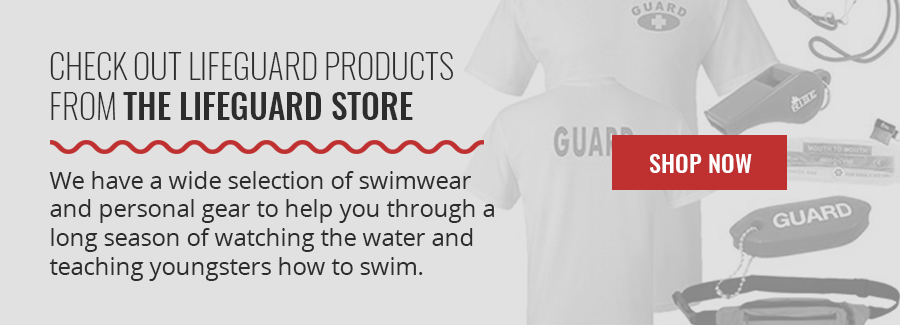


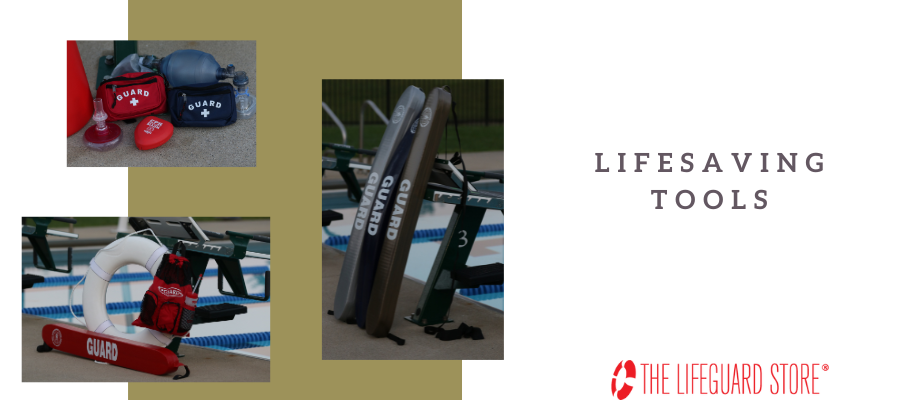
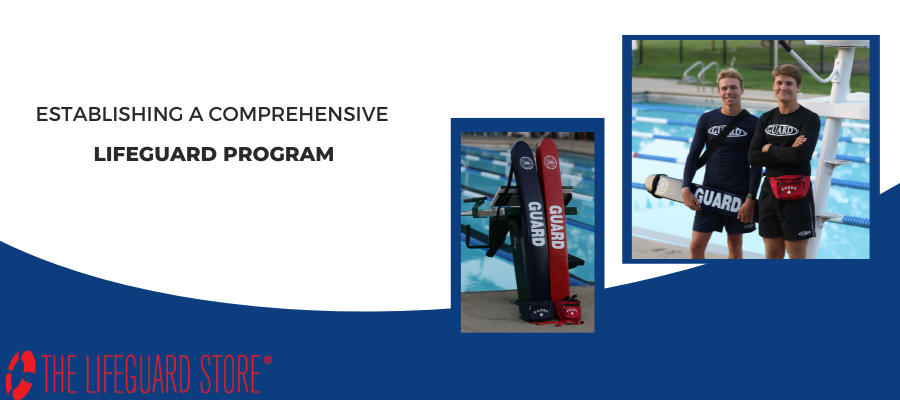
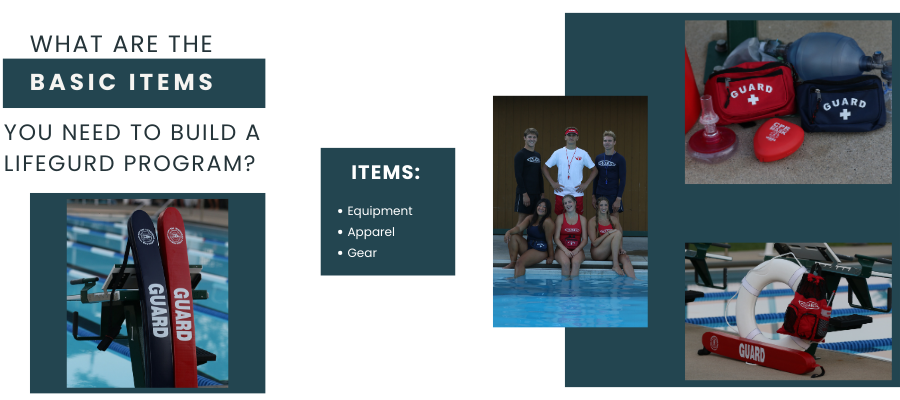
Leave a Comment
Your email address will not be published. Required fields are marked *